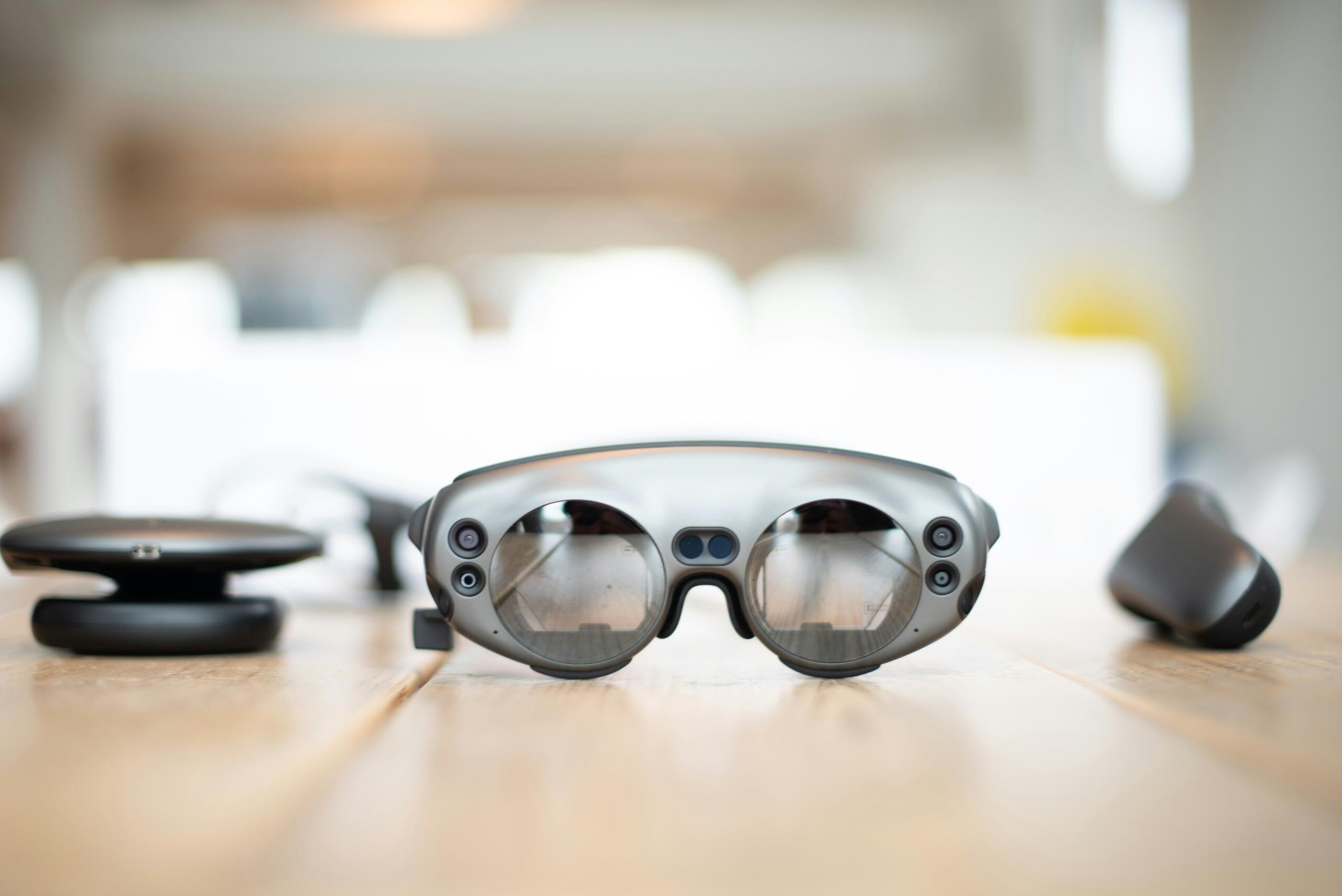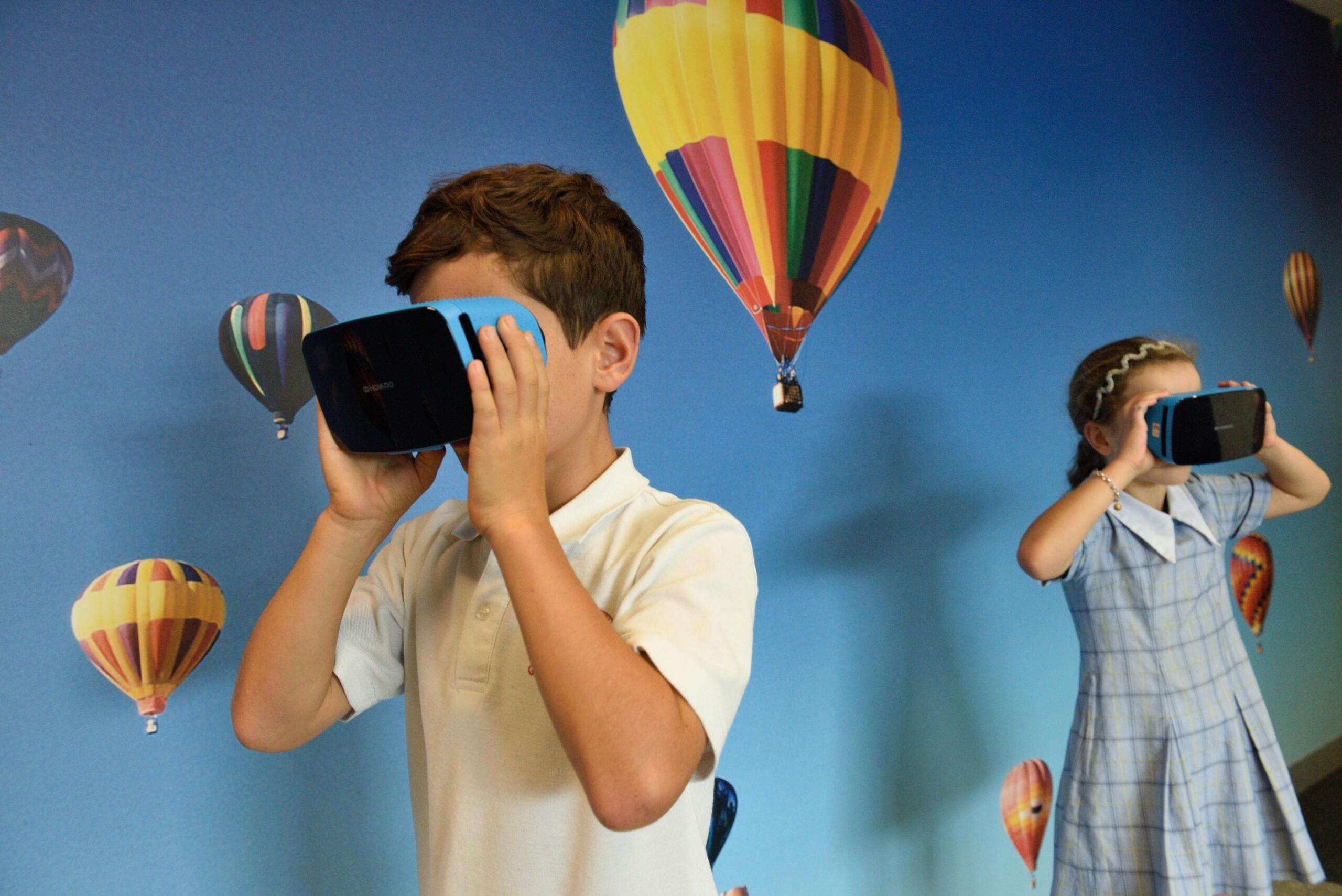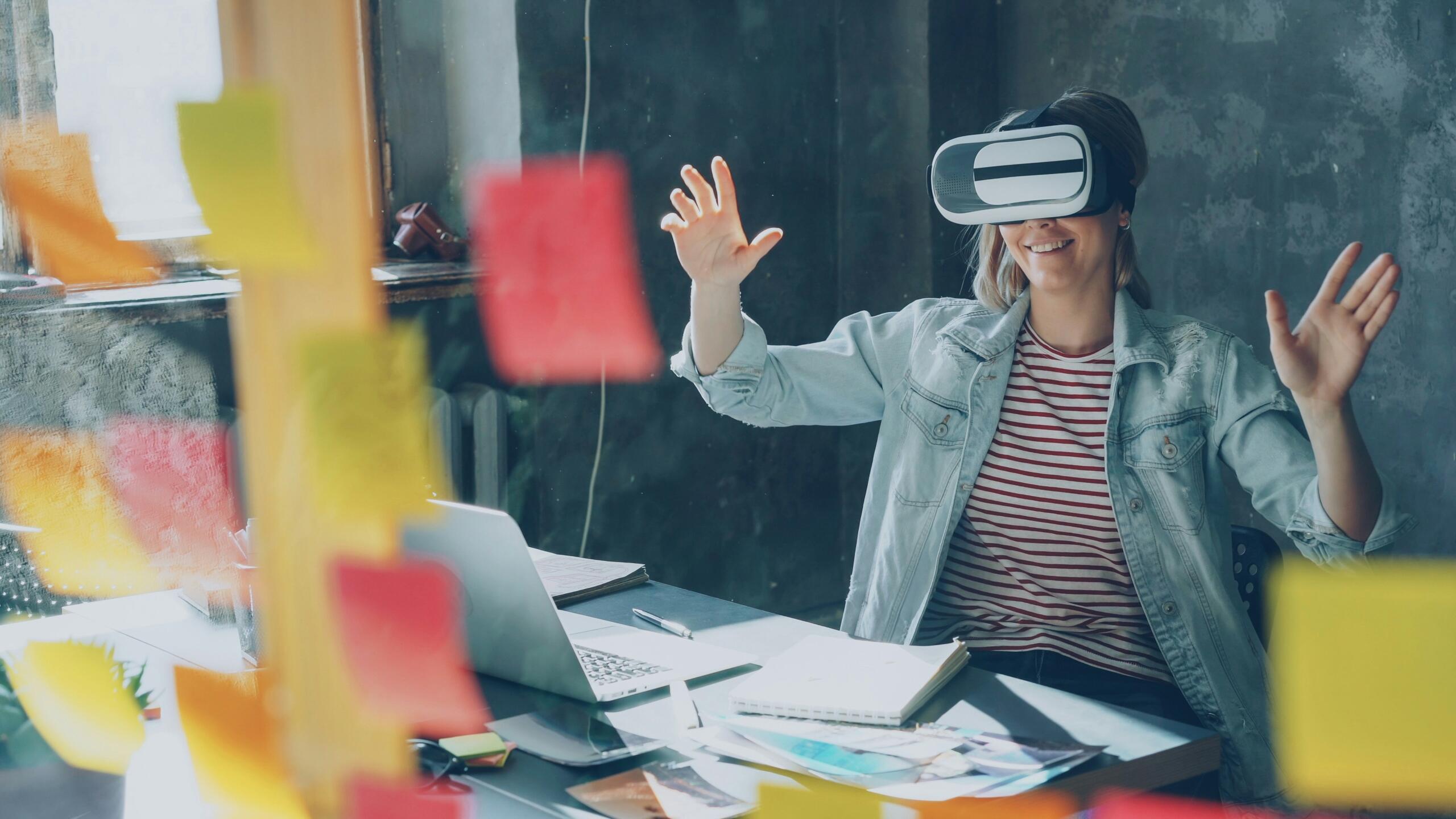... unlike virtual reality, which closes the world out, AR allows individuals to be present in the world but hopefully allows an improvement on what’s happening presently.
Tim Cook
The world is changing and advancing at a rapid rate. All because of technology and how quickly people are accepting it and making it part of their daily lives, with cellphones playing a big hand in this. We can do just about anything on our phones now. Other innovations, like laptops and wireless internet connectivity have advanced the way people connect with one another, how they conduct business and even how they teach the nation’s children.
If you have you ever considered how virtual reality can be used in education, read on.
Want to give private lessons?
Join the Superprof community and share your knowledge with inquiring and motivated students.
The Advent of AR
In terms of technology, the latest innovation, Augmented Reality (AR), is now big news and will soon be used to a far greater degree in South African classrooms.
“Augmented Reality?” you say, “What is that?”.
This has surely happened to a lot of us when we’ve been exposed to new concepts and especially when referring to the latest technological advancements, like Artificial Intelligence, a separate but complementary technology to AR.
Augmented Reality is starting to make an impact on education, around the globe, and is changing the way teachers conduct their lessons..
In recent years, technology has started to become a standard feature of many classrooms, from PCs and laptops to interactive whiteboards. At the same time, learners have advanced far beyond the technological expansion in the classroom, becoming what some people refer to as ‘Digital Natives’ – a group of persons for whom technology is not new, intimidating or confusing, but, rather, something which is embraced as being fully part of their daily lives.
So, without any further delay, let’s get into the meat of what today’s blog post is really about: AR and how it has already started to impact on the way we learn. We need to get ready for Virtual Reality in classrooms! Let’s go!
Do Students Really Need Technology in the Classroom?
There are many schools in South Africa where the latest technological gizmos are standard and are regarded as a minimum requirement. On the other hand, the greatest majority of SA schools lag far behind, with learners only being exposed to a computer lab, once or twice per week; many classrooms, even today, do not even have a Smartboard.
The irony, however, is that the children, who attend the schools where digital resources in the classroom are an unknown concept, generally have access to technology like cellphones, tablets, laptops and personal computers at home.

Most young children, below the age of eight, have interacted with devices such as cellphones, within their homes, with the permission and support of their parents. Reports indicate that the majority of parents believe that this new technology can be beneficial for their children's development.
Across the globe, Internet speeds are increasing exponentially, especially in the more developed countries. South Korea, for instance, has no problem with utilising digital resources in the classroom, since it boasts the highest speed Internet penetration on the planet. This enables children, and adults, to enjoy the most up-to-date features which give games a far more realistic feel. One such feature is Augmented Reality, where layers of information – comprised of sounds, videos and photographs – are super-imposed over ‘real world’ objects around them.
It almost goes without saying that many young learners have already engaged with AR technology when at home and out with friends. When we consider digital resources in the classroom, two main types of AR technology are utilised:
So, what does Augmented Reality feel like?
Want to give private lessons?
Join the Superprof community and share your knowledge with inquiring and motivated students.
The Look, Sound and Feel of Augmented Reality
Let’s have a closer look at how Augmented Reality can be used in education to enhance a lesson, which would otherwise be theoretical and boring. For a novice, a good place to start would be LearnAR. This application combines Augmented Reality and mobile technology – something which learners find using interesting and exciting. LearnAR allows the teacher to super-impose the lungs, liver, heart and intestines over a real, live learner’s body, showing learners a very good idea of where these organs are actually found in the human body.
Here are three different software systems which can be used for Augmented Reality.
LearnAR
The LearnAR application offers a host of learning resources, from Maths and Physics to Chemistry and, even, foreign languages which may be part of the national curriculum. Augmented Reality leaves unforgettable sounds and images in young learners’ minds. The realistic imagery, also, encourages higher-order thinking and activates or prompts intelligent discussions and questions, that would not likely ensue from the viewing of a typical drawing in a science textbook.
GoogleSketchUp
A free plugin for GoogleSketchUp is another very popular resource. It permits learners to review and analyse the 3D models which they have created in the physical space around them, and also to share their creations with their peers. To achieve this, all the learners need are a personal computer, a webcam and a printed code which is attached to the necessary software.
The Inglobe Technologies Website
This website is really fascinating. It presents a short video presentation that demonstrates how AR can be utilised in areas such as 3D design. The Inglobe website has a video in which the 3D image of a house can be rotated and viewed from above (without the roof, so that the rooms can clearly be seen) and by floor (young designers can gain an aerial view of the ground floor, simply by ‘removing’ the upper storey).
The views from various angles are a wonderful way not only to sharpen students’ design skills, but to present material on a vast array of subjects. This plugin is regarded as very impressive because it allows students to:
Section across an axis of a 3D design.
Present objects with real-time shadows.
Present their object of study in timed slideshows.
There are several fascinating ways that the plugin can be used:
- present a puppet show using puppets which were designed in 3D on GoogleSketchUp;
- superimpose someone’s face onto that of a student;
- move the camera to make it appear as if an animal is approaching a student;
- view realistic maps of real cities, so that students can design their own sustainable cities; and
- use virtual scenery to produce a video about anything from maths to history assignments.
The number of ways in which you can employ AR is endless.
If you’re not sure about its scope, set your class an assignment, involving the use of AR in any way that they can imagine, on any area that they are currently studying. Their innovation and imagination will pleasantly surprise you when they present their work to their classmates.
So, is AR here for the long haul or is it simply a phase?
The next few paragraphs will, hopefully, convince you that it’s here to stay!
What do Stats say about Augmented Reality?

AR can make studying fun. For example, international surveys done in the commercial sector, show that consumers rate AR products 33% higher than products that are not AR.
Juniper Research Limited predicts that AR apps for mobile phones will continue to earn billions of British pounds for several years to come. According to their report, the gaming sector will earn the largest amount of revenue in the world of AR, although this technology will progressively be applied to other sectors, such as business, lifestyle and general entertainment applications, as well. Another sector, that will be a huge market for AR is education.
So, the evidence is in and is pointing the way of Augmented Reality’s continued popularity and its still-to-be-determined growth.
Augmented Reality and the Future
AR has already done much to make classes more informative and entertaining, but, some critics believe that because this technology relies on a screen, it doesn’t have the realistic feel that children would experience if they, for instance, could see a 3D object on their desk and actually hold and handle it.
Can this issue be resolved?
There is no doubt about that. Engineers are currently making enormous strides in technologies such as special AR goggles, that serious techies and gamers are using right now. These may be pricey right now, but we have seen that as technology gets rolled out and there is a greater uptake of it, prices tend to ease.
This will definitely be the case if schools or education departments purchase these items in bulk. What will also happen is that AR will become more realistic and life-like, possibly more tangible, thereby enhancing the learner’s educational experience tremendously.
There is no shadow of doubt that Augmented Reality will continue to be used in the classroom for the foreseeable future!
Imagine taking your students to Base Camp at Mount Everest! With Google Expeditions, you can create an immersive school trip that is a great alternative.
If you feel that you can contribute towards the debate about AR’s potential in the classroom, drop us a comment below. We would love to hear from you!
Want to give private lessons?
Join the Superprof community and share your knowledge with inquiring and motivated students.





